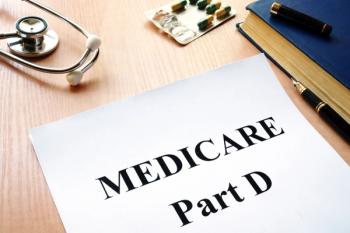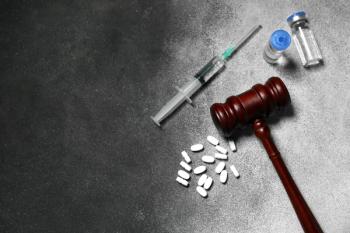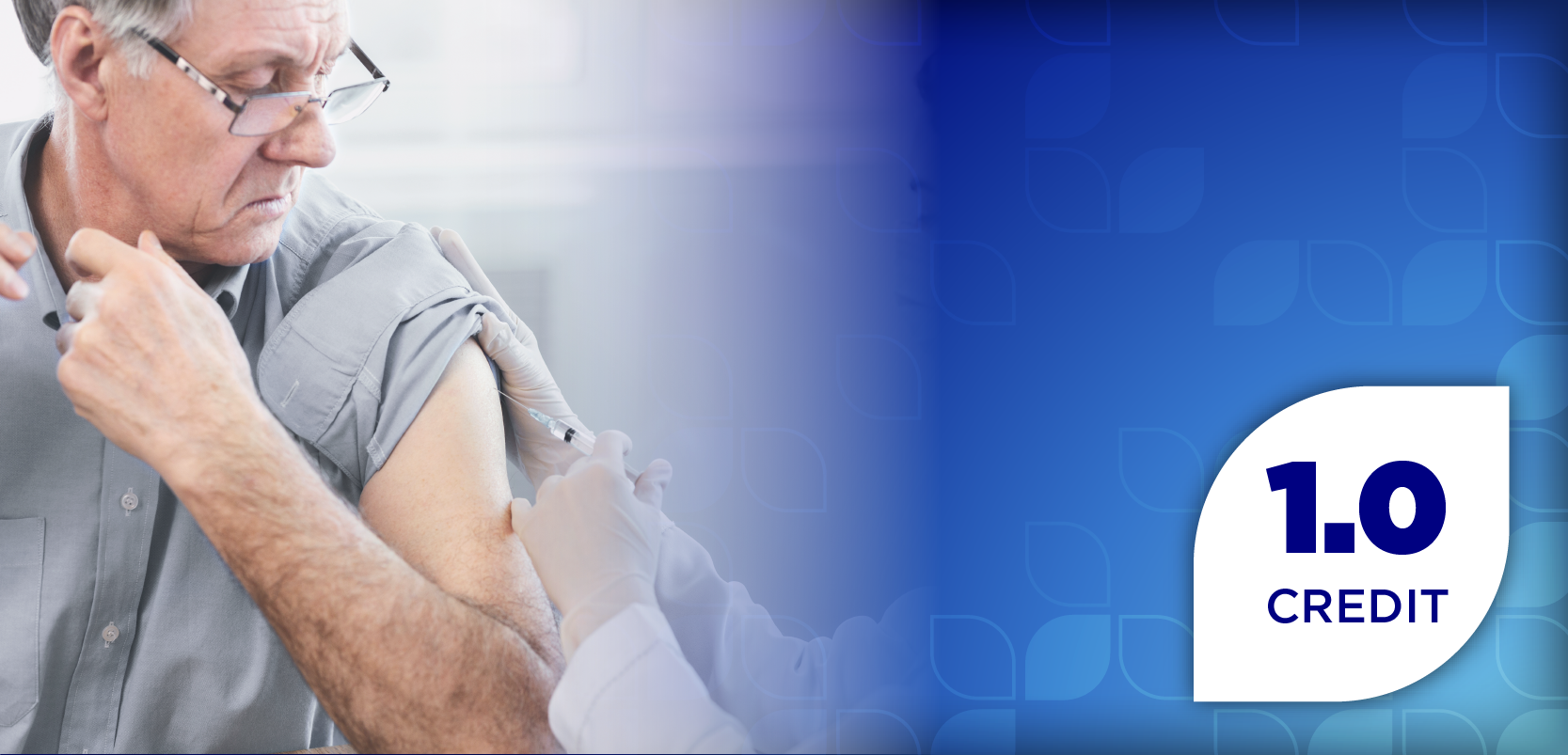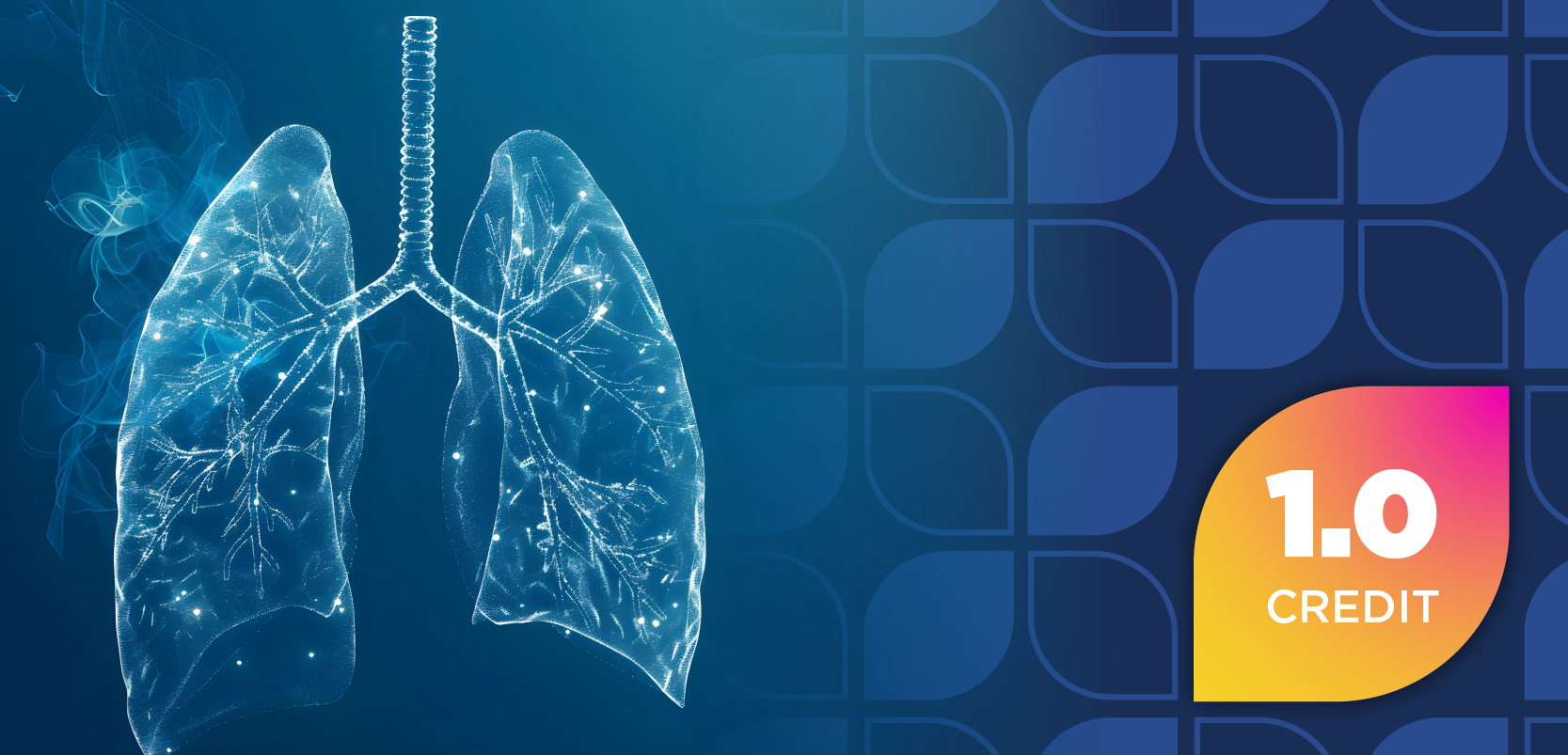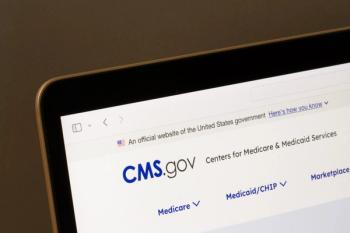
FDA Alerts of Potential Missed Safety Notifications With Smartphone–Compatible Diabetes Devices
App notifications can be effected by various notification focuses, software updates, or connecting hardware, such as car audio or wireless earphones.
The FDA issued an alert to patients of potential safety concerns for diabetes devices, including continuous glucose monitors (CGMs), insulin pumps, and automated insulin dosing systems, specifically those that rely on a smartphone to deliver safety alerts. The agency received reports in which users said the safety alerts are not being delivered or heard, even in cases where the user thought they set the alerts to be delivered.1
“Modern medical devices, such as diabetes devices that connect to a smartphone, can provide users with the convenience and flexibility to configure alerts that are personalized to them. However, users should stay aware of alert settings and monitor these devices to ensure they continue to receive critical alerts as expected,” Courtney Lias, director of the Office of In Vitro Diagnostic Products in the Center for Devices and Radiological Health at the FDA, said in a statement.1 “Even if configured correctly, certain hardware or software changes can interrupt the expected operation of these critical devices, which can lead to patient harm if undetected.”
Diabetes devices that are compatible with a smartphone have shown to be more convenient and effective for patients. In a review published in JMIR mHealth and uHealth, disease-modifying-specific mobile health apps have shown clear improvements in hemoglobin A1c for patients with both type 1 and type 2 diabetes. Further, they found that the mobile health app demonstrated positive tendencies to improve self-care and self-efficacy.2
For these devices, users can configure alert settings for their notifications, such as which alerts to receive, how often the alerts are delivered, and what medium the alerts are delivered in (such as audible, vibration, or text only). The FDA reported that some cases of missing alerts contributed to events such as severe hypoglycemia, severe hyperglycemia, diabetic ketoacidosis, and even death. Currently, the FDA is working with manufacturers to ensure that smartphone alerts are carefully evaluated prior to use by patients.1
The FDA identified the following changes, updates, and configurations that could contribute to alerts not being received1:
- App notification permission may be needed, especially when using the “do not disturb” or “focus mode” or the app entering “deep sleep” after a period of non-use
- Connecting new hardware, such as wireless earphones or car audio, which can prevent delivery of alerts or revert to a different volume
- Updating the smartphone to an operating system that the medical device is not supported by
The FDA also listed recommendations to minimize these interruptions and improve the alerts of medical applications1:
- Follow the instructions provided by the application when installing, setting up, or updating it
- Turning off the automatic operating system to the smartphone and confirming that the application is compatible with the new operating system version
- In the case of updating or using new hardware, confirm that the alert settings are setup on the application correctly and that alerts can be received properly
- Check that the alerts are configured once a month
- If alerts are not being received as expected, call the support number for the medical device
Furthermore, the FDA recommends reporting any issues with the diabetes device to the agency for further monitoring of the situation. The FDA also calls upon health care providers, which can inform their patients and caregivers of the situations regarding these applications. They suggest health care providers remind patients to periodically check smartphone settings to make sure and confirm with the patient that the diabetes devices are still providing alerts as expected through the smartphone, especially after updates or hardware changes.1,3
READ MORE:
Ready to impress your pharmacy colleagues with the latest drug information, industry trends, and patient care tips? Sign up today for our
REFERENCES
1. FDA alerts patients of potential to miss crucial safety alerts due to phone settings when using smartphone-compatible diabetes devices. News release. FDA. February 5, 2025. Accessed February 5, 2025. https://www.fda.gov/news-events/press-announcements/fda-alerts-patients-potential-miss-critical-safety-alerts-due-phone-settings-when-using-smartphone
2. Eberle C, Löhnert M, Stichling S. Effectiveness of Disease-Specific mHealth Apps in Patients With Diabetes Mellitus: Scoping Review JMIR Mhealth Uhealth. 2021;9(2):e23477 doi:10.2196/23477
3. FDA. FDA Alerts Patients to Regularly Check Diabetes-Related Smartphone Device Alert Settings, Especially Following Phone Hardware or Software Changes. February 5, 2025. Accessed February 5, 2025. https://www.fda.gov/medical-devices/safety-communications/fda-alerts-patients-regularly-check-diabetes-related-smartphone-device-alert-settings-especially
Newsletter
Pharmacy practice is always changing. Stay ahead of the curve with the Drug Topics newsletter and get the latest drug information, industry trends, and patient care tips.

